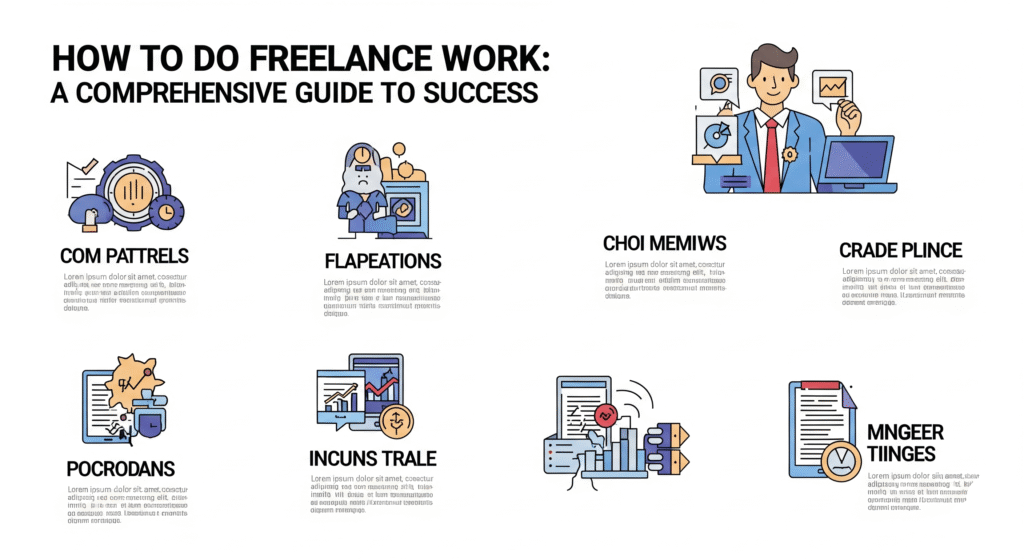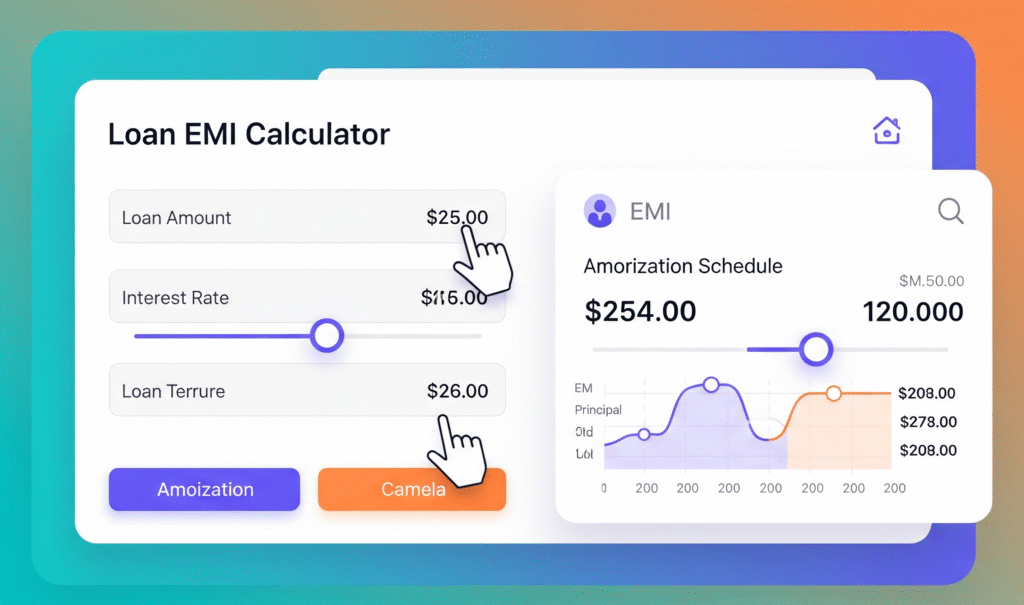
Freelancing has become a popular career choice for those seeking flexibility, independence, and the opportunity to work on diverse projects. Whether you’re a writer, designer, developer, or marketer, freelancing offers a way to turn your skills into a sustainable income. This guide will walk you through the steps to start and succeed in freelance work, ensuring your content is original.
Why Choose Freelancing?
Freelancing allows you to work on your terms, choose your clients, and build a career that aligns with your passions. According to recent trends, the freelance economy is growing rapidly, with millions of professionals worldwide opting for this flexible work model. Whether you’re looking to supplement your income or build a full-time career, freelancing can open doors to endless opportunities.
Step-by-Step Guide to Starting Freelance Work
1. Identify Your Skills and Niche
The first step in freelancing is understanding what you can offer. Assess your skills, experience, and interests to determine your niche. Popular freelance niches include:
- Writing and Editing: Blog posts, copywriting, technical writing
- Graphic Design: Logos, branding, social media graphics
- Web Development: Website creation, app development
- Digital Marketing: SEO, social media management, PPC campaigns
- Consulting: Business, finance, or HR consulting
Choose a niche that aligns with your expertise and market demand. Choosing a specific niche allows you to differentiate yourself and draw in the ideal clients.
2. Build a Strong Portfolio
Your portfolio is your digital resume. It showcases your skills and past work to potential clients. Here’s how to create an impressive portfolio:
- Include Your Best Work: Select 3-5 high-quality samples that demonstrate your expertise.
- Use a Professional Platform: Create a portfolio on websites like Behance, Dribbble, or a personal website.
- Add Testimonials: If possible, include client feedback or references to build credibility.
- Keep It Updated: Regularly add new projects to reflect your growth.
Even if you’re new, you can create sample projects or offer pro bono work to build your portfolio.
3. Set Your Rates
Pricing your services can be tricky. Research industry standards for your niche and experience level. Here are some tips:
- Hourly vs. Project-Based: Beginners often start with hourly rates, while experienced freelancers may charge per project.
- Competitive Pricing: Check platforms like Upwork or Fiverr to understand market rates.
- Value-Based Pricing: As you gain experience, charge based on the value you provide, not just time spent.
For example, a beginner freelance writer might charge $20-$50 per hour, while a seasoned professional could charge $100+ or a flat rate per project.
4. Find Freelance Work
There are numerous platforms and strategies to find freelance gigs:
- Freelance Platforms: Sign up on Upwork, Freelancer, Fiverr, or Toptal to find clients.
- Job Boards: Check sites like ProBlogger, We Work Remotely, or LinkedIn for opportunities.
- Networking: Reach out to your professional network, attend industry events, or join online communities.
- Cold Pitching: Email businesses in your niche with tailored proposals offering your services.
Staying consistent is crucial—submit applications to several gigs each day to boost your chances of success.
5. Create a Professio
nal Online Presence
A strong online presence builds trust with clients. Here’s how to establish one:
- Personal Website: Create a simple website showcasing your portfolio, services, and contact details.
- Social Media: Use LinkedIn, Twitter, or Instagram to share your work and connect with clients.
Use a personalized email address (such as name@yourdomain.com) rather than a standard one from services like Gmail to appear more professional.
Optimize your profiles with relevant keywords (e.g., “freelance graphic designer”) to improve visibility on search engines.
6. Master Client Communication
Effective communication is crucial for freelance success. Follow these tips:
- Be Responsive: Reply to client inquiries promptly and professionally.
- Clarify Expectations: Discuss project scope, deadlines, and deliverables upfront.
- Use Tools: Leverage tools like Slack, Trello, or Asana to manage projects and stay organized.
- Ask for Feedback: After completing a project, request reviews or testimonials to enhance your credibility.
7. Manage Your Finances
Freelancing requires financial discipline. Here’s how to stay on top:
- Track Income and Expenses: Use tools like QuickBooks or Wave to manage your finances.
- Set Aside Taxes: Save a portion of your income (20-30%) for taxes, as freelancers are responsible for their own tax filings.
- Invoice Promptly: Use invoicing tools like PayPal, Stripe, or FreshBooks to ensure timely payments.
- Diversify Income: Work with multiple clients to avoid relying on a single income source.
8. Upskill and Stay Competitive
The freelance market is competitive, so continuous learning is essential:
- Take Online Courses: Platforms like Coursera, Udemy, or Skillshare offer courses to enhance your skills.
- Stay Updated: Follow industry blogs, podcasts, or newsletters to keep up with trends.
- Experiment with Tools: Learn new software or tools relevant to your niche, like Canva for design or Ahrefs for SEO.
9. Scale Your Freelance Business
Once you’re established, consider scaling your freelance career:
- Hire Subcontractors: Outsource smaller tasks to focus on high-value projects.
- Raise Rates: As your skills and reputation grow, increase your rates to reflect your expertise.
- Build a Brand: Develop a recognizable brand identity to attract higher-paying clients.
- Create Passive Income: Offer digital products like templates, eBooks, or courses related to your niche.
Common Challenges and How to Overcome Them
- Inconsistent Income: Build an emergency fund and diversify your client base.
- Time Management: Use tools like Toggl to track time and prioritize tasks.
- client rejections: View client rejections as valuable lessons and use them to improve your proposals.
- Burnout: Set boundaries, take breaks, and avoid overcommitting.
NOTE
Freelancing offers incredible opportunities to build a flexible, rewarding career. By identifying your niche, creating a strong portfolio, and mastering client communication, you can thrive in the freelance world. Stay persistent, keep learning, and leverage the right tools and platforms to turn your skills into a successful freelance business.
Ready to start your freelance journey? Sign up on a freelance platform, polish your portfolio, and take the first step today!




